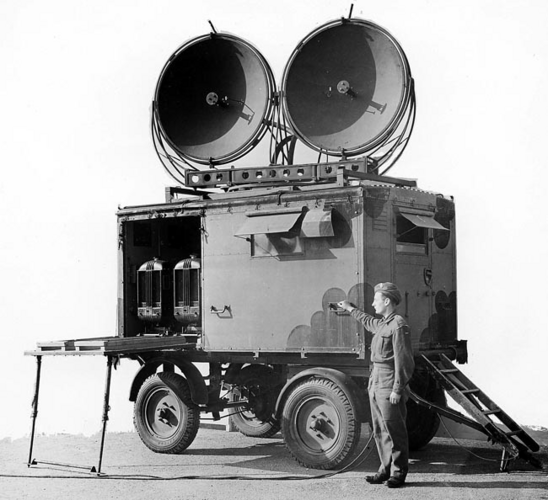Maury Markowitz
From the Great White North!
- Joined
- 27 February 2014
- Messages
- 187
- Reaction score
- 136
I'm putting together an article on the Wireless Set No. 10, which deserves to be MUCH better known - it was the first TDM and PCM comms system in the world. Sadly there is very little info on it, but I know that "Wireless for the Warrior" had a relatively detailed description including post-war development. Does anyone have a copy?


